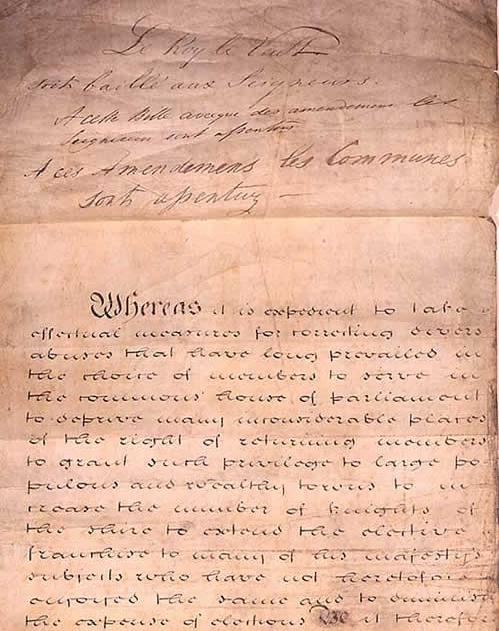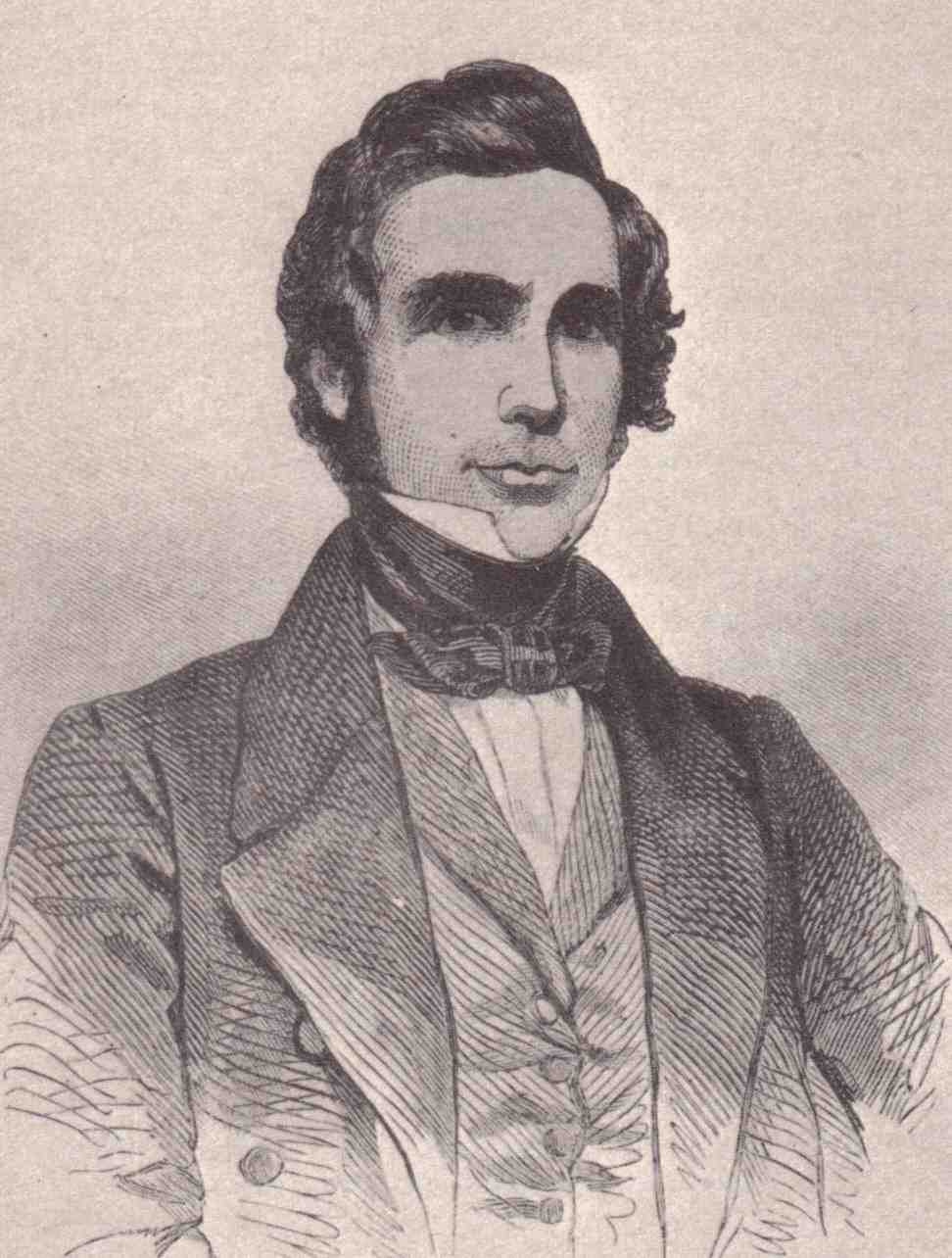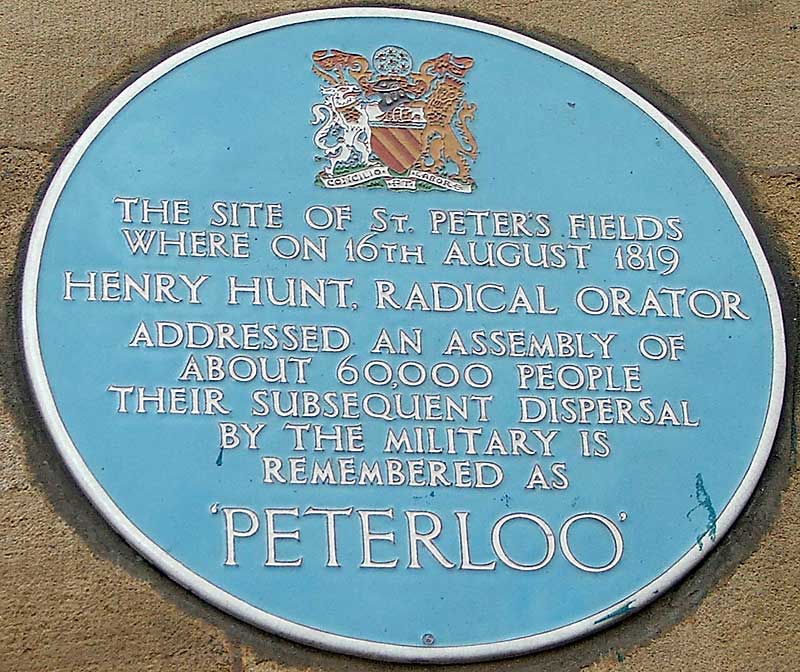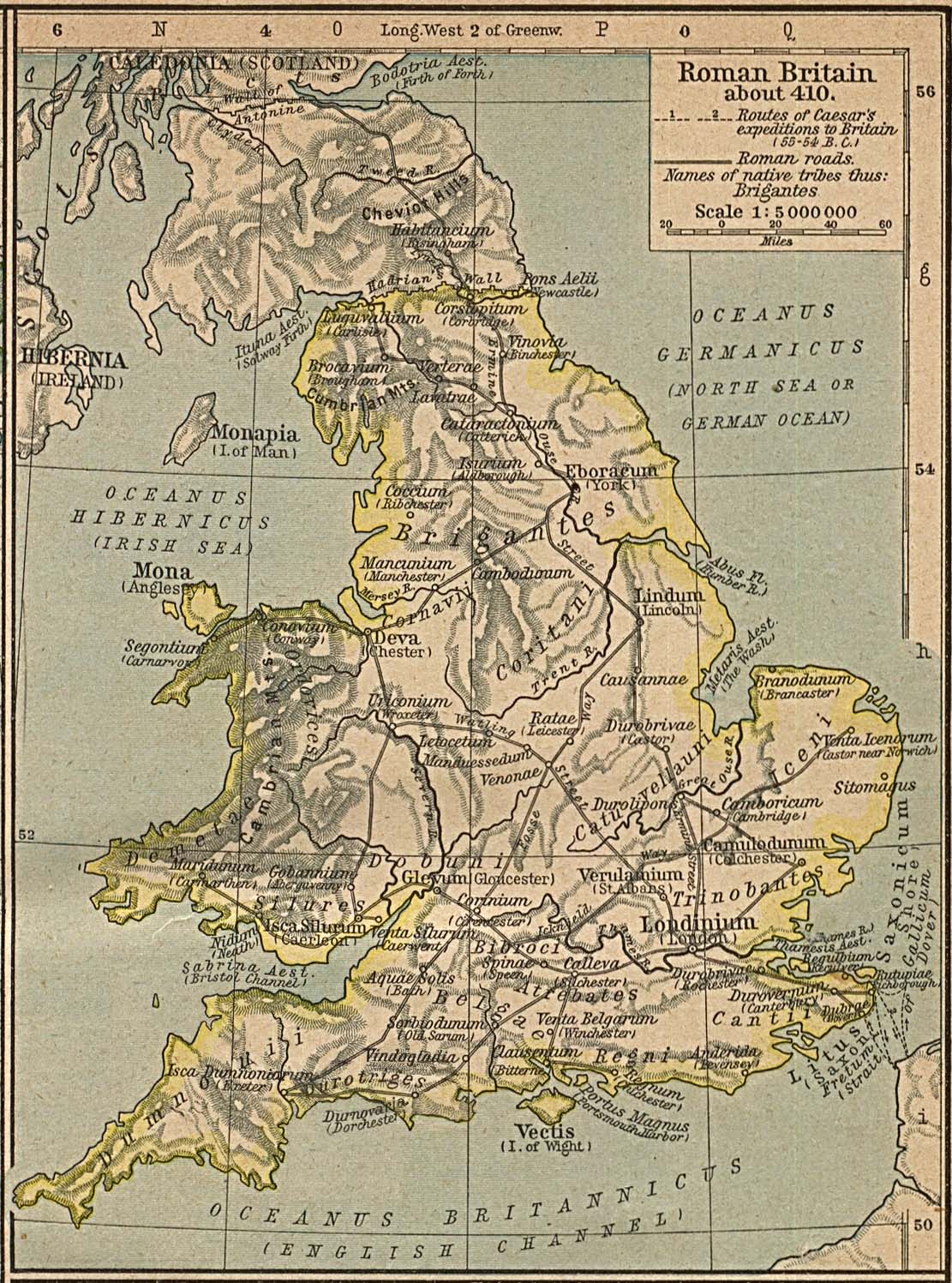|
British Suffragists
A movement to fight for women's right to vote in the United Kingdom finally succeeded through acts of Parliament in 1918 and 1928. It became a national movement in the Victorian era. Women were not explicitly banned from voting in Great Britain until the Reform Act 1832 and the Municipal Corporations Act 1835. In 1872 the fight for women's suffrage became a national movement with the formation of the National Society for Women's Suffrage and later the more influential National Union of Women's Suffrage Societies (NUWSS). As well as in England, women's suffrage in Wales, women's suffrage movements in Wales, Women's suffrage in Scotland, Scotland and other parts of the United Kingdom gained momentum. The movements shifted sentiments in favour of woman suffrage by 1906. It was at this point that the militant campaign began with the formation of the Women's Social and Political Union (WSPU). The outbreak of the Home front during World War I#Britain, First World War in 1914 led to ... [...More Info...] [...Related Items...] OR: [Wikipedia] [Google] [Baidu] |
Great Reform Act 1832
The Representation of the People Act 1832 (also known as the Reform Act 1832, Great Reform Act or First Reform Act) was an act of the Parliament of the United Kingdom (indexed as 2 & 3 Will. 4. c. 45), enacted by the Whig government of Prime Minister Charles Grey, 2nd Earl Grey, introducing major changes to the electoral system of England and Wales, expanding the electorate in the United Kingdom. The legislation granted the right to vote to a broader segment of the male population by standardizing property qualifications, extending the franchise to small landowners, tenant farmers, shopkeepers, and all householders who paid a yearly rental of £10 or more. The act also reapportioned constituencies to address the unequal distribution of seats. The act of England and Wales was accompanied by the Scottish Reform Act 1832 and Irish Reform Act 1832, respectively. Before the reform, most members of Parliament nominally represented boroughs. However, the number of electors in a ... [...More Info...] [...Related Items...] OR: [Wikipedia] [Google] [Baidu] |
William Lovett
William Lovett (8 May 1800 – 8 August 1877) was a British activist and leader of the Chartist political movement. He was one of the leading London-based artisan radicals of his generation. Biography Early activism Born in the Cornish town of Newlyn in 1800, Lovett moved to London as a young man seeking work as a cabinet maker. He was self-educated, became a member of the Cabinetmakers Society, and later its President. He rose to national political prominence as founder of the Anti-Militia Association (slogan: 'no vote, no musket'), and was active in wider trade unionism through the Metropolitan Trades Union and Owenite socialism. In 1831, during the Reform Act agitation, he helped form the National Union of the Working Classes with radical colleagues Henry Hetherington and James Watson. After the passage of the Reform Act 1832 he turned, with Hetherington, to the campaign to repeal taxes on newspapers known as the War of the Unstamped. The London Working Men's Associa ... [...More Info...] [...Related Items...] OR: [Wikipedia] [Google] [Baidu] |
Chartist Movement
Chartism was a working-class movement for political reform in the United Kingdom that erupted from 1838 to 1857 and was strongest in 1839, 1842 and 1848. It took its name from the People's Charter of 1838 and was a national protest movement, with particular strongholds of support in Northern England, the East Midlands, the Staffordshire Potteries, the Black Country and the South Wales Valleys, where working people depended on single industries and were subject to wild swings in economic activity. Chartism was less strong in places such as Bristol, that had more diversified economies. The movement was fiercely opposed by government authorities, who finally suppressed it. Support for the movement was at its highest when petitions signed by millions of working people were presented to the House of Commons. The strategy employed was to use the scale of support which these petitions and the accompanying mass meetings demonstrated to put pressure on politicians to concede male suf ... [...More Info...] [...Related Items...] OR: [Wikipedia] [Google] [Baidu] |
Henry Hunt (politician)
Henry "Orator" Hunt (6 November 1773 – 13 February 1835) was a British radical speaker and agitator remembered as a pioneer of working-class radicalism and an important influence on the later Chartist movement. He advocated parliamentary reform and the repeal of the Corn Laws. He was the first member of parliament to advocate for women's suffrage; in 1832 he presented a petition to parliament from a woman asking for the right to vote. He was the leading figure in the events leading to Peterloo massacre. Background Hunt was born on 6 November 1773 in Upavon, Wiltshire. Career Hunt became a prosperous farmer. He was first drawn into radical politics during the Napoleonic Wars, becoming a supporter of Francis Burdett. His talent for public speaking became noted in the electoral politics of Bristol, where he denounced the complacency of both the Whigs and the Tories, and proclaimed himself a supporter of democratic radicalism. It was thanks to his particular talents th ... [...More Info...] [...Related Items...] OR: [Wikipedia] [Google] [Baidu] |
Welsh Church Commissioners
The Welsh Church Commissioners (whose full official title was "The Commissioners for Church Temporalities in Wales") were set up by the Welsh Church Act 1914 to deal with the disendowment of the Church of England in Wales, as part of its disestablishment. Their task was to ascertain which ecclesiastical assets the future Church in Wales should retain, and which should be transferred to local authorities, and to various Welsh national institutions. They were required to transfer those assets which the Church in Wales was entitled to retain to the Representative Body of the Church in Wales. The remaining assets were to be transferred to the thirteen county councils and four county borough councils which existed in Wales until 1974, and to the University of Wales and its constituent colleges. For various reasons which are explained below, the process took considerably longer than was first envisaged. The commissioners could not ultimately be wound up until 1947. The assets transferred ... [...More Info...] [...Related Items...] OR: [Wikipedia] [Google] [Baidu] |
Church In Wales
The Church in Wales () is an Anglican church in Wales, composed of six dioceses. The Archbishop of Wales does not have a fixed archiepiscopal see, but serves concurrently as one of the six diocesan bishops. The position is currently held by Andy John, Bishop of Bangor, since 2021. Unlike the Church of England, the Church in Wales is not an established church. Disestablishment took place in 1920 under the Welsh Church Act 1914. As a province of the Anglican Communion, the Church in Wales recognises the Archbishop of Canterbury as a focus of unity, but without any formal authority. A cleric of the Church in Wales can be appointed to posts in the Church of England, including the See of Canterbury; a former Archbishop of Canterbury, Rowan Williams, was from Wales and served as Archbishop of Wales before his appointment to Canterbury. Official name The Church in Wales () adopted its name by accident. The Welsh Church Act 1914 referred throughout to "the Church ''in'' ... [...More Info...] [...Related Items...] OR: [Wikipedia] [Google] [Baidu] |
Church Of England
The Church of England (C of E) is the State religion#State churches, established List of Christian denominations, Christian church in England and the Crown Dependencies. It is the mother church of the Anglicanism, Anglican Christian tradition, tradition, with foundational doctrines being contained in the ''Thirty-nine Articles'' and ''The Books of Homilies''. The Church traces its history to the Christian hierarchy recorded as existing in the Roman Britain, Roman province of Britain by the 3rd century and to the 6th-century Gregorian mission to Kingdom of Kent, Kent led by Augustine of Canterbury. Its members are called ''Anglicans''. In 1534, the Church of England renounced the authority of the Papacy under the direction of Henry VIII, beginning the English Reformation. The guiding theologian that shaped Anglican doctrine was the Reformer Thomas Cranmer, who developed the Church of England's liturgical text, the ''Book of Common Prayer''. Papal authority was Second Statute of ... [...More Info...] [...Related Items...] OR: [Wikipedia] [Google] [Baidu] |
Parish (Church Of England)
The parish with its parish church(es) is the basic territorial unit of the Church of England. The parish has its roots in the Catholic Church, Roman Catholic Church and survived the English Reformation largely untouched. Each is within one of List of Church of England dioceses, 42 dioceses: divided between the thirty of the Province of Canterbury and the twelve of that of Province of York, York. There are around 12,500 Church of England parishes. Historically, in England and Wales, the parish was the principal unit of local administration for both church and civil purposes; that changed in the 19th century when separate civil parishes were established. Many Church of England parishes still align, fully or in part, with civil parishes boundaries. Each such ecclesiastical parish is administered by a Anglican ministry#Parish clergy, parish priest, specifically Rector, Vicar or Perpetual curate depending on if the original set up of the rectory had become ''lay'' or ''disappropriated' ... [...More Info...] [...Related Items...] OR: [Wikipedia] [Google] [Baidu] |
England-Wales Border
England and Wales () is one of the three legal jurisdictions of the United Kingdom. It covers the constituent countries England and Wales and was formed by the Laws in Wales Acts 1535 and 1542. The substantive law of the jurisdiction is English law. The devolved Senedd (Welsh Parliament; ) – previously named the National Assembly for Wales – was created in 1999 under the Government of Wales Act 1998 and provides a degree of self-government in Wales. The powers of the legislature were expanded by the Government of Wales Act 2006, which allows it to pass its own laws, and the Act also formally separated the Welsh Government from the Senedd. There is currently no equivalent body for England, which is directly governed by the parliament and government of the United Kingdom. History of jurisdiction During the Roman occupation of Britain, the area of present-day England and Wales was administered as a single unit, except for the land to the north of Hadrian's Wall – thoug ... [...More Info...] [...Related Items...] OR: [Wikipedia] [Google] [Baidu] |
Welsh Church Act 1914
The Welsh Church Act 1914 (4 & 5 Geo. 5. c. 91) is an act of Parliament (UK), act of Parliament under which the Church of England was separated and disestablishment, disestablished in Wales and Monmouthshire (historic), Monmouthshire, leading to the creation of the Church in Wales. The Act had long been demanded by the Nonconformity in Wales, Nonconformist community in Wales, which composed the majority of the population and which resented paying taxes to the Church of England. It was sponsored by the Liberal Party (UK), Liberal Party (a stronghold of the Nonconformists) and opposed by the Conservative Party (UK), Conservative Party (a stronghold of the Anglicans). History The Sunday Closing (Wales) Act 1881 was significant landmark legislation which introduced a religious legal difference to Wales. Welsh university colleges were formed in Cardiff and Bangor in 1883–84 and Welsh issues were prominent in the parliament of 1886–92. The introduction of the Welsh land commission ... [...More Info...] [...Related Items...] OR: [Wikipedia] [Google] [Baidu] |







